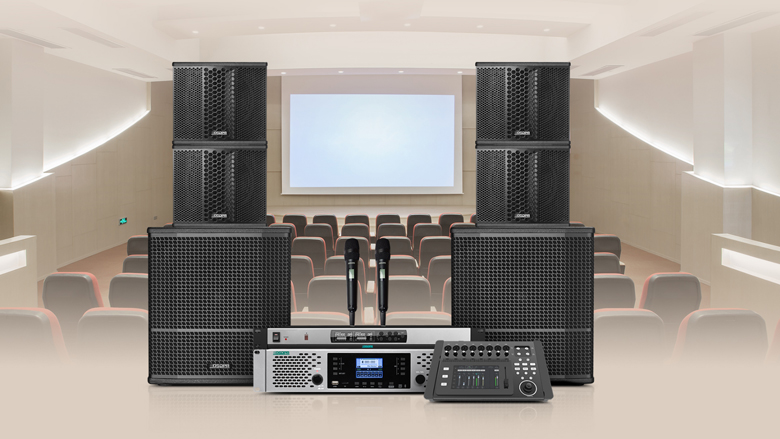
In audio systems, professional stereo power amplifiers play a crucial role. Not only are they key components for amplifying audio signals, but they also optimize the sound quality and volume performance of sound equipment. This article will take you through the working principles, performance indicators, and ingenious applications of professional stereo power amplifiers in audio systems.
The primary function of a professional stereo power amplifier is to amplify weak electrical signals from a signal source (in professional audio systems, from a mixing console) to drive speakers to produce sound. Its working principle mainly relies on the amplification properties of semiconductor devices such as transistors or field-effect transistors to amplify the audio signal. In professional stereo power amplifiers, transistors or integrated circuits are usually used as amplification devices. These devices have high amplification ratios and low distortion, effectively amplifying audio signals.

Gain is one of the important performance indicators of a professional stereo power amplifier. It reflects the amplifier's ability to amplify audio signals. Gain is usually expressed in decibels (dB); the higher the decibel value, the stronger the amplifier's gain capability.
Distortion refers to the percentage difference between the amplifier's output signal and input signal. The lower the distortion, the better the amplifier's linearity, and the higher the output sound quality.
Output power refers to the maximum power that the amplifier can output. The higher the output power, the louder the sound produced by the speakers.
Frequency response refers to the amplifier's ability to amplify audio signals at different frequencies. The wider the frequency response, the higher the fidelity of the amplifier to the audio signal.